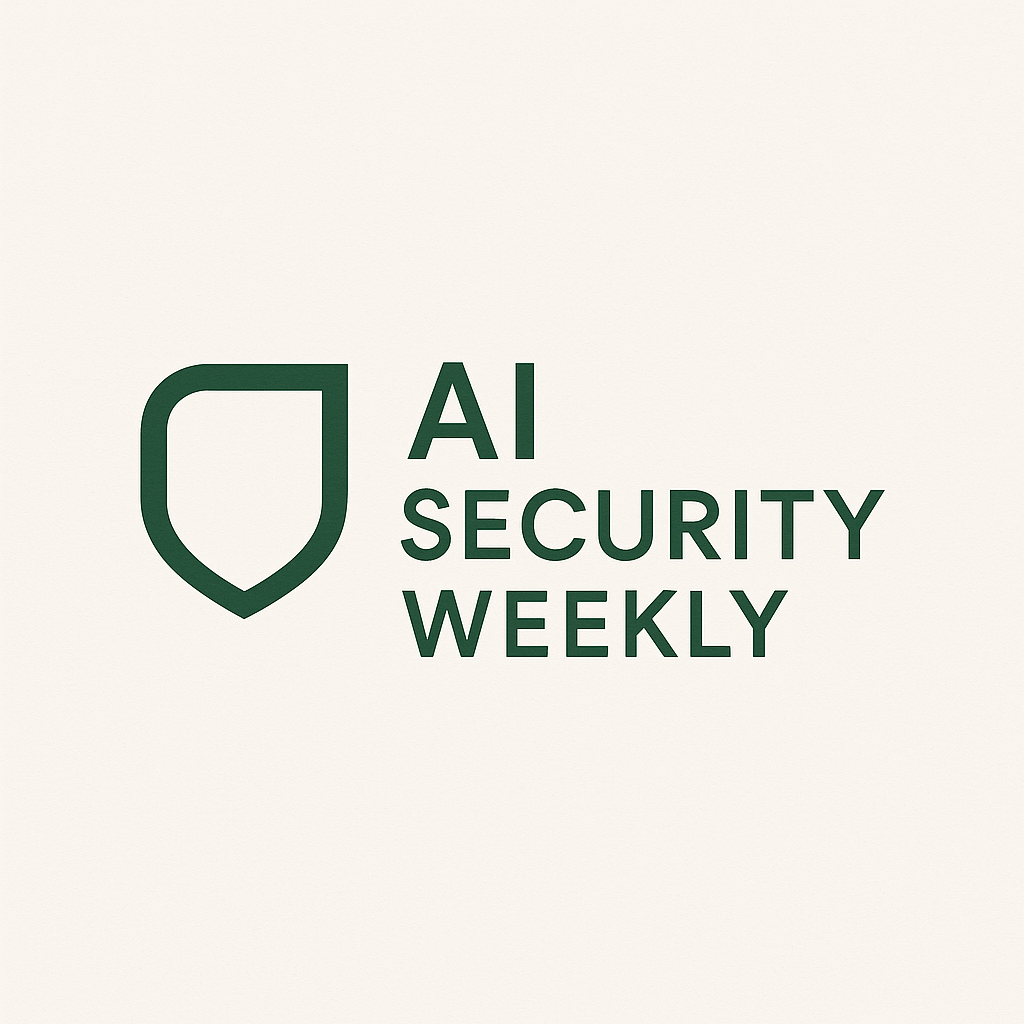Gcore’s recent DDoS Radar report evaluates data from Q3–Q4 2024, indicating a significant 56% year-on-year increase in DDoS attacks, with the highest attack reaching an unprecedented 2 Tbps. The financial services sector recorded a staggering 117% increase in attacks, while the gaming industry remained the most frequently targeted. These insights stress the urgent need for effective DDoS mitigation strategies, as attacks grow more precise and frequent. Here’s a closer look at the findings.
Key Insights into DDoS Defense
Here are four essential insights derived from the Gcore Radar report:
- DDoS attacks are growing in both frequency and complexity, highlighting a 17% increase and reaching a new threshold of 2 Tbps, underscoring the necessity for sophisticated protective measures.
- The financial services sector is particularly vulnerable, facing a 117% rise in attacks, necessitating enhanced security protocols.
- Attacks are becoming shorter and more intense, requiring mitigation strategies to evolve to address these rapid burst attacks that can slip past detection.
- Geopolitical dynamics are affecting attack origins, emphasizing the importance of understanding these factors to bolster defenses in vulnerable regions.
Increase in Attack Frequency
The report highlights a notable increase in the frequency of attacks, with a 56% rise compared to Q3–Q4 2023, indicating a persistent upward trend in DDoS activity.
Several technological and environmental elements are likely driving this surge:
- Reduced entry barriers due to accessible DDoS-for-hire services and botnets.
- Ongoing vulnerabilities in IoT devices contributing to larger botnets.
- Geopolitical tensions leading to targeted attacks.
- Enhanced attack sophistication with multi-vector and application-layer tactics complicating mitigation efforts.
Record-Breaking Attack Peaks
The peak recorded attack during Q3–Q4 2024 reached 2 Tbps, targeting a major global gaming platform, marking an 18% increase from the previous peak of 1.7 Tbps in early 2024. While many large-scale attacks are usually countered swiftly, their potential to inflict significant damage persists, risking considerable service disruptions and financial losses for businesses that depend on real-time operations.
Gaming and Financial Services Under Siege
While the gaming sector remains the most attacked, its share of total attacks decreased from 49% to 34%, likely due to heightened DDoS protection prompting attackers to refocus. The financial sector, in contrast, saw a jump in attacks from 12% to 26%, as its strict regulations, essential online services, and vulnerability to ransom threats make it a prime target.
Emerging Attack Patterns
The H2 2024 attack distribution indicates a rise in shorter, more disruptive attacks. The longest attack recorded only lasted five hours, down from 16 hours previously. Today’s shorter, high-impact attacks often mimic legitimate traffic, complicating detection and mitigation efforts. These tactics may also serve as distractions for other cyber threats, such as ransomware attacks.
Geopolitical Context and DDoS Trends
Geopolitical and economic rivalries are increasingly influencing DDoS activities. Attacks motivated by political factors target critical infrastructure and high-value enterprises. Regions with robust internet frameworks, like the US and the Netherlands, are hotbeds for these cybercriminal activities.
Proactive DDoS Protection Solutions
Utilizing over 200 Tbps of filtering capacity across six continents, Gcore DDoS Protection aims to neutralize threats in real time. As methods of DDoS attacks evolve, organizations must adopt proactive strategies to protect their digital assets effectively.



